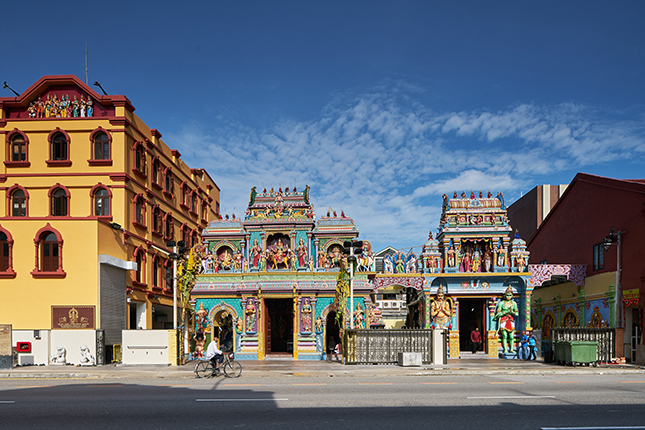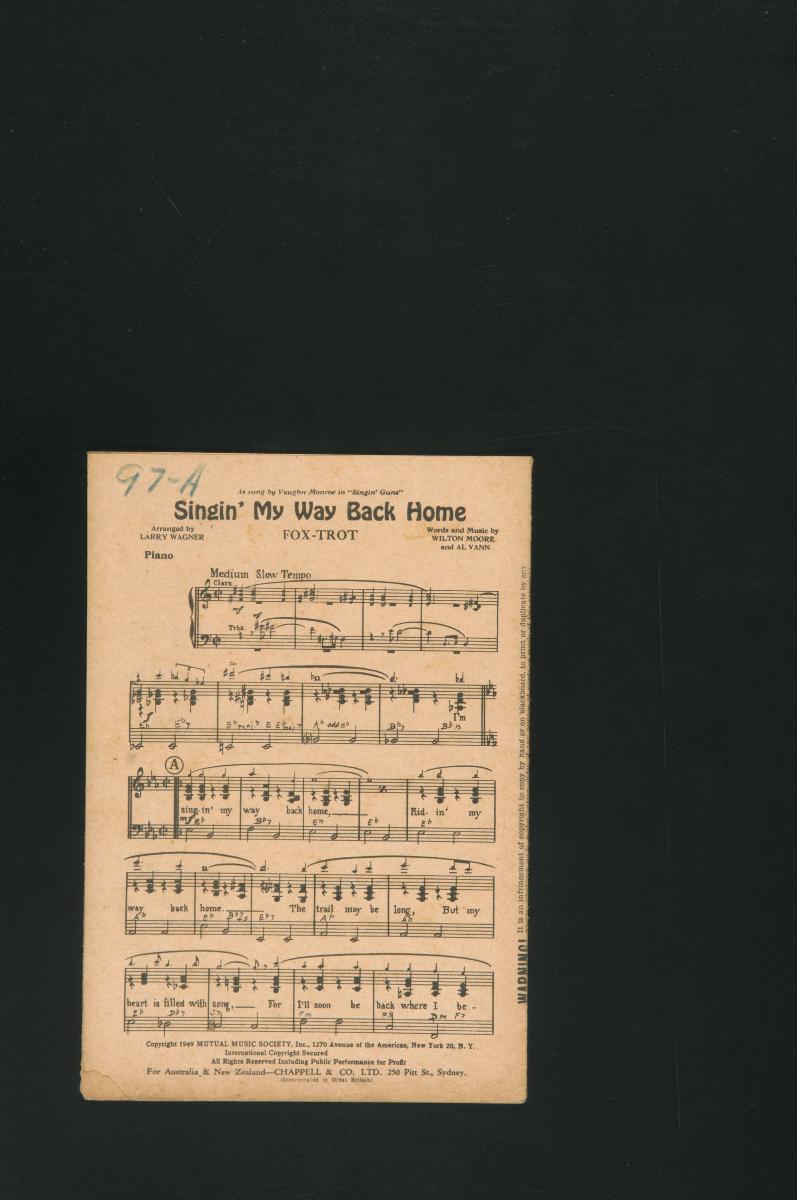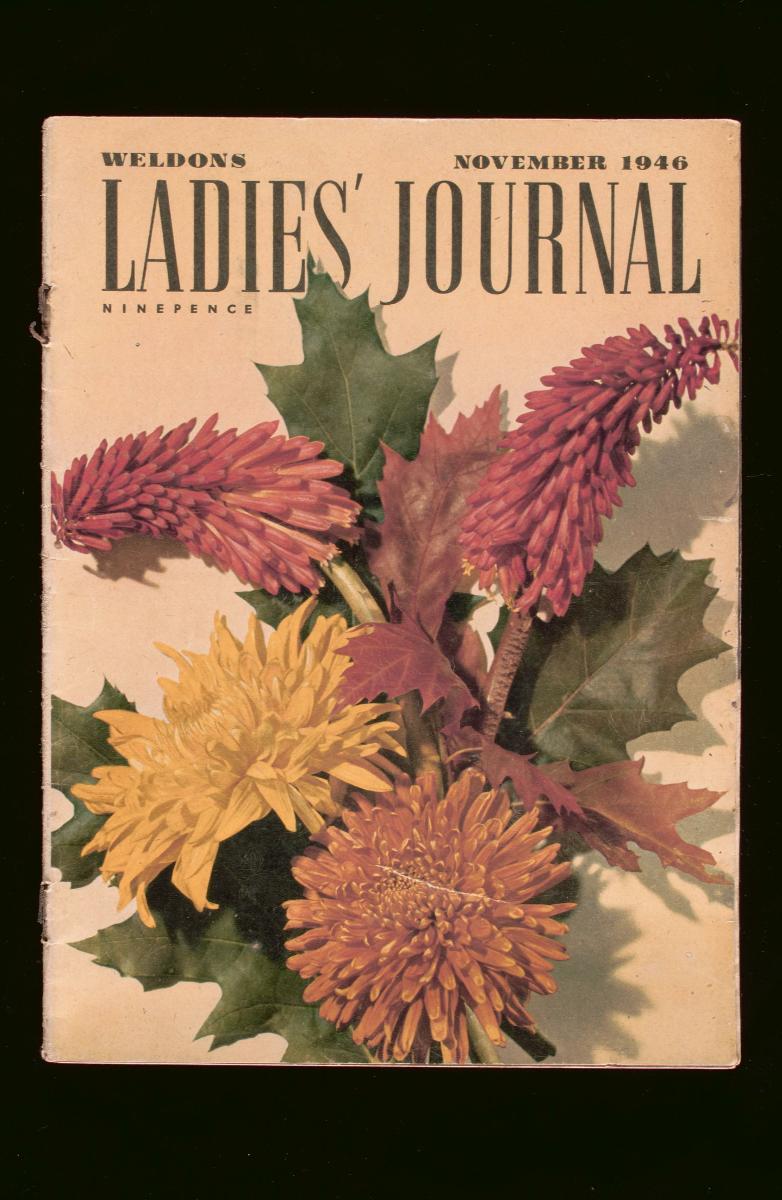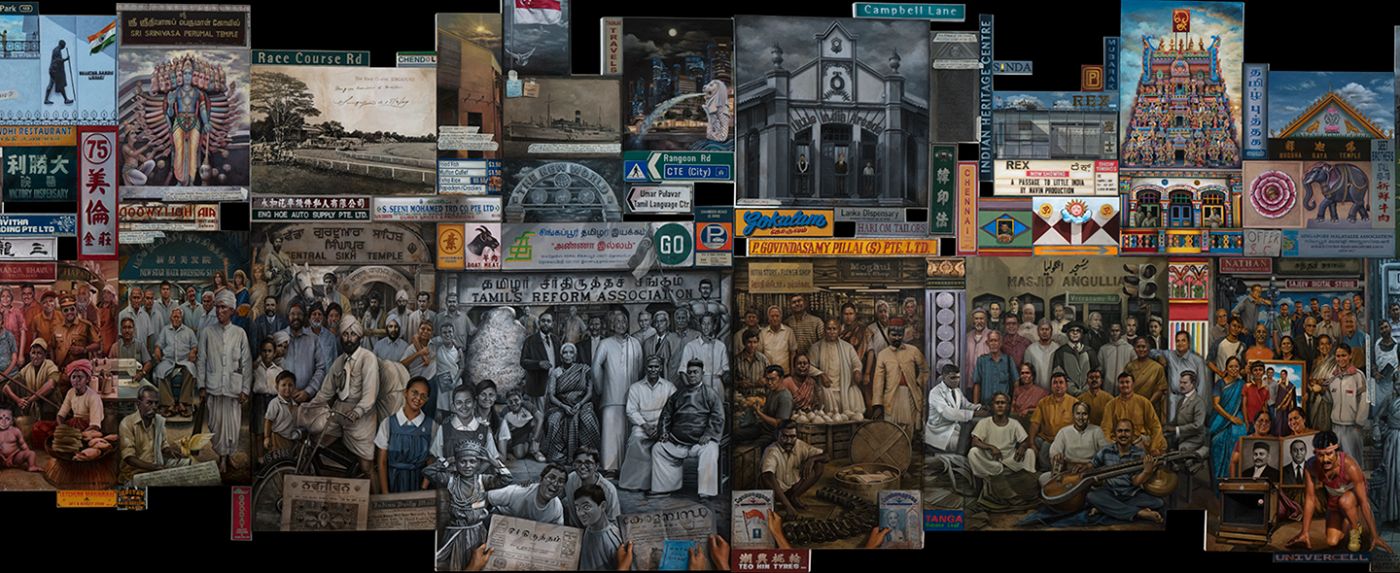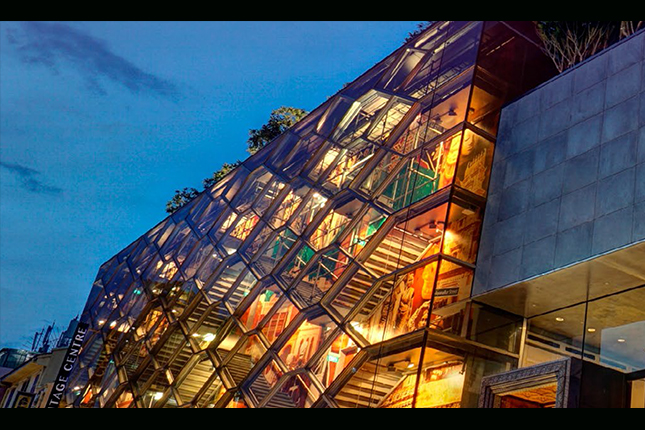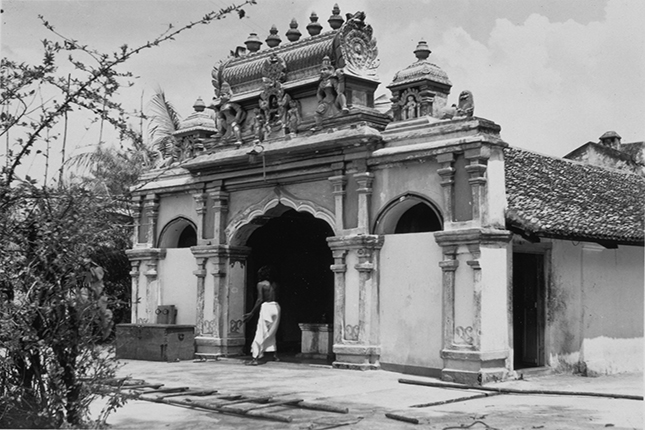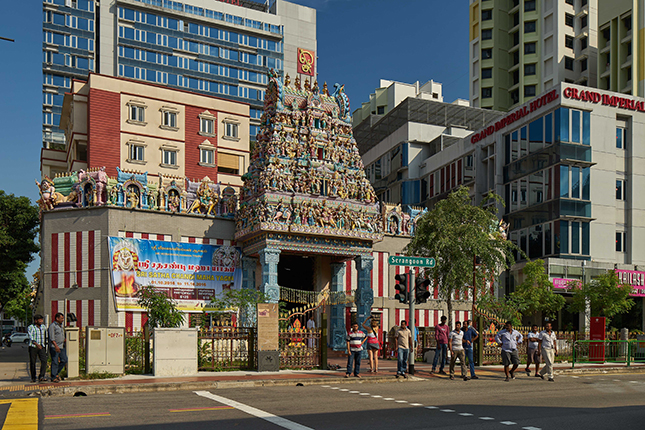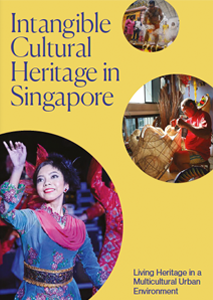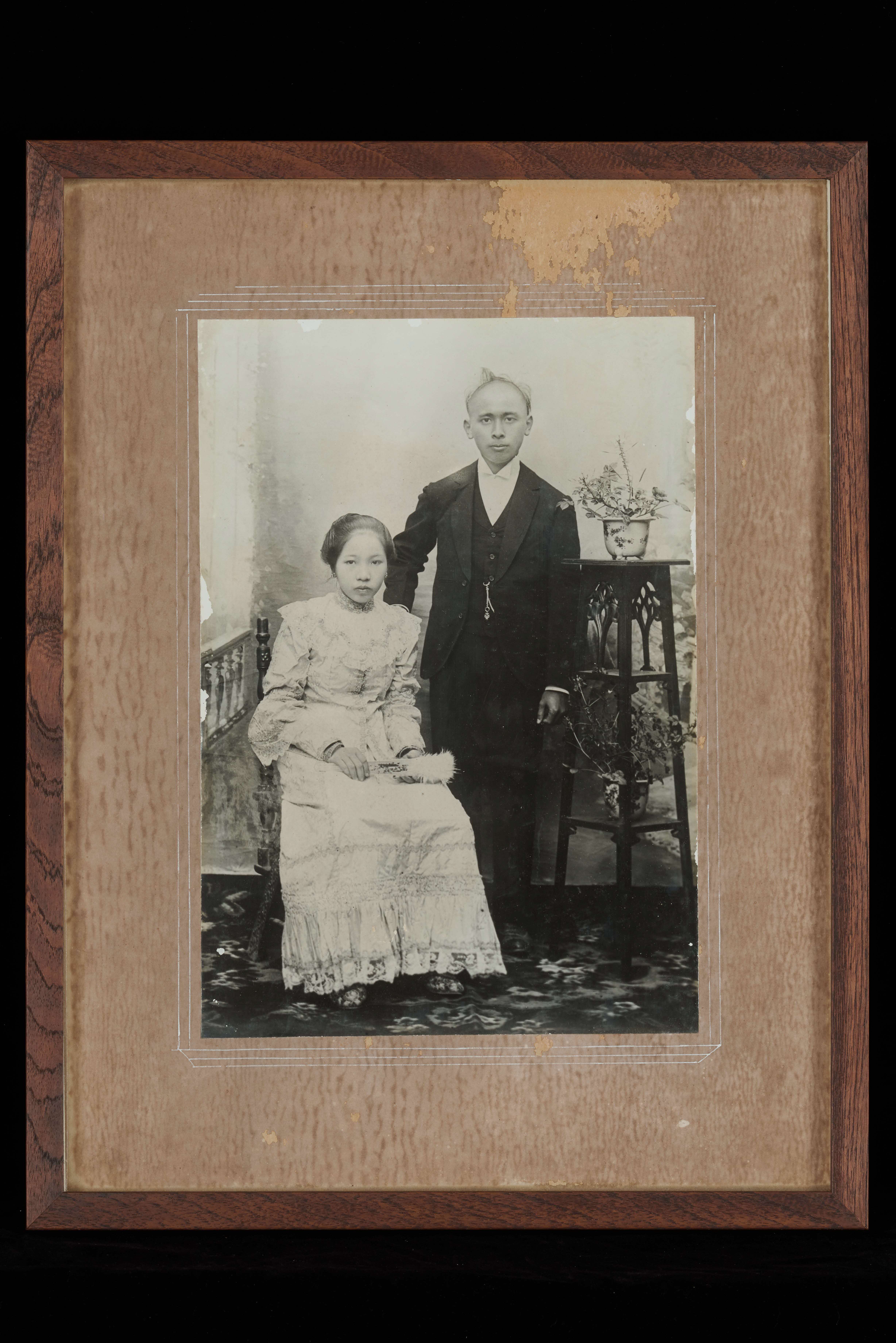The Sri Vadapathira Kaliamman Temple is believed to have been started in the 1830s with a tree shrine dedicated to the goddess Kaliamman. It was further developed in the 1870s by the Tamil community living in the vicinity. This temple to the goddess Kali, the “Destroyer of Evil,” started under the management of elders in the Tamil community. By 1935, a small shed was erected to replace the old tiled roof structure. By the late 1930s, temple management was handed to Mr. B Govindasamy Chettiar J.B., a philanthropist and pioneering figure who served as the main contractor of the Singapore Harbour Board. Mr B Govindasamy supervised the restoration of the temple and its consecration in 1947. After his death in 1948, management of the temple was passed to his nephew S.L. Perumal, who funded the construction of a new main tower and the present temple structure.
In 1969, an architectural firm from India, Neysadurai and Associates, redesigned the temple. Two sculptors and two artists from South India were commissioned to work on its motifs. Although the kumbabhishekam (“consecration ceremony” in Tamil, deriving from Sanskrit) of the temple was performed on January 1974, the three archway gopura (“entrance towers” in Tamil, deriving from Sanskrit) and the decoration of the mandapam (“main hall” in Tamil, deriving from Sanskrit) were completed later.
The mandapam holds the main shrine to Kali and on either side are two smaller shrines dedicated to the deities Vinayagar (Ganesha) and Murugan, both sons of Shiva. Vinayagar is the “elephant god” and a remover of obstacles. Murugan’s name means “the beautiful one” and he is considered the patron of the present era. To the left of the mandapamis an arcade with several other statues, such as that of Periyachi, the protector of children and mothers.
One of the interesting features of the conserved temple building is its elaborate vimana (stepped pyramid-shape tower over main shrine found in South Indian temples) adorned with deities. The tower is visible from a distance and allows devotees to pray even without entering the temple.




